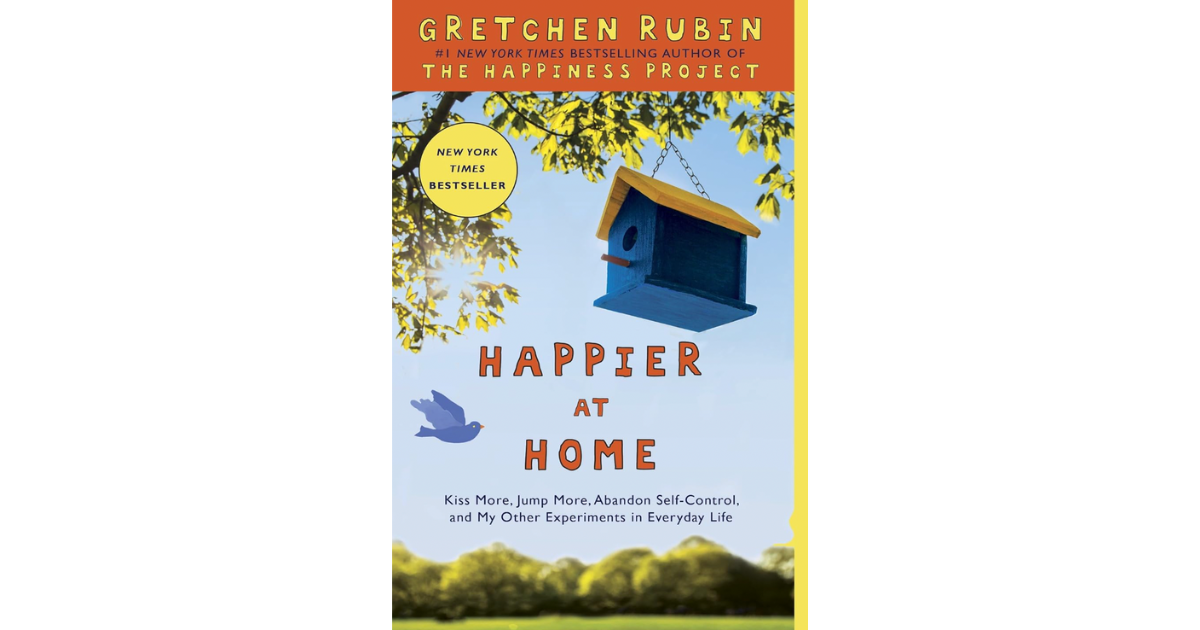Business Book Review: Tiny Habits by BJ Fogg
Tiny Habits is a mighty idea. Where ‘go big or go home’ is glamourised, Fogg shares that the secrets of success start small.
My Rating: ★★★★★
Length: 320 pages
Publisher: Virgin
Released: 2021
Key Takeaways for Personal Branding
It’s so easy to beat yourself up when you can’t make an aspiration a reality. But, what if you’re not the problem? It’s not a personal flaw, but a design flaw.
BJ Fogg, through Tiny Habits, is your guide for an approach to better behaviour design. A legend in Silicon Valley, his former student went on to co-found Instagram. Another, went on to valiantly advocate for the world to use social media less.
Fogg is a respected research psychologist and the founder of The Behaviour Design Lab at Stanford University. He proposed that to design successful habits, you should do three things:
Stop judging yourself.
Take your aspirations and break them down into tiny behaviours.
Embrace mistakes as discoveries and use them to move forward.
The essence of Fogg’s message is:
“Take a behavior you want, make it tiny, find where it fits naturally in your life, and nurture its growth. If you want to create long-term change, it’s best to start small."
Beware of the Motivation Monkey
Instead of berating yourself for lacking motivation, be aware of the perils of motivation.
“Big spikes of motivation are awesome for doing really hard things — once.”
Motivation and willpower alone are natural movers, making them unreliable allies.
Fogg proposes to instead focus on two components that actually drive motivation:
Ability
Prompt
By choosing behaviours that set you up for success, you increase your confidence and mastery. This increases your motivation toward bigger behaviours.
“While small might not be sexy, it is successful and sustainable. When it comes to most life changes that people want to make, big bold moves actually don’t work as well as small stealthy ones.”
Fogg cautions against blindly following ‘The Motivation Monkey’:
“The Motivation Monkey loves to help us make big moves, then slips away from us when the going gets tough. And doing big things can be painful. We often push ourselves beyond our physical, emotional, or mental capabilities. And while we might be able to keep up this effort for a while, humans don’t do things that are painful for very long.”
Golden Behaviours
Instead, Fogg's process is designed for identifying ‘Golden Behaviours’ - which have three criteria:
The behaviour is effective in realising your aspiration (impact).
You want to do the behaviour (motivation).
You can do the behaviour (ability).
Ability easy does-it
Tiny Habits shares three approaches to making your desired behaviour easier to do:
Increase your skills.
Get tools and resources.
Make the behaviour tiny.
‘ Tiny’ falls into two categories:
Starter steps e.g. If you want to walk every day, start by putting on your shoes.
Scaling back e.g. If you want to develop a regular reading habit, start by reading one paragraph. Or as Fogg famously gleaned from his own life, if you want to floss regularly, start by flossing just one tooth first.
“It’s easier to pick things up again when they are small. There is no mountain to climb, only a little hill.”
Tiny Habits
Fogg’s design process is summarised in three key phases:
Select
Step 1: Clarify the aspiration
Step 2: Explore behaviour options
Step 3: Match with specific behaviours
Design
Step 4: Start tiny
Step 5: Find a good prompt
Implement
Step 6: Celebrate successes
Step 7: Troubleshoot, iterate and expand
Fogg’s design process is underpinned by his ‘recipe’ template:
Anchor moment
“After I…”
e.g. brush my teeth
Tiny Behaviour
“I will …”
e.g. floss one tooth
Celebration
Creating an immediate ‘shine’ moment. This positively wires your neurochemistry for doing more of the habit, e.g. say ‘victory’.
Favourite Quotes
When you are designing a new habit, you are really designing for consistency. And for that result, you’ll find that simplicity is the key. Or as I like to teach my students: Simplicity changes behavior.
If there is a habit you want, find the right Anchor within your current routine to serve as your prompt.
Walking is a behavior that is repeated until it becomes second nature.
You can make a habit less likely if you change the environment so the bad habit requires more time.
Conflict with an important habit, a routine you value more than the habit you want to stop.
Habits may be the smallest units of transformation, but they’re also the most fundamental.
While the science behind Fogg’s design is considerable, his proposed execution is so simple you can’t ignore it. He takes the existing rhetoric and design around habits and simplifies it further. Fogg easily shows you how to audit your existing routine and habits, so new desired behaviours can be stealthily introduced. Tiny changes, with mighty potential.
Tiny Habits by BJ Fogg: Available on Amazon.




